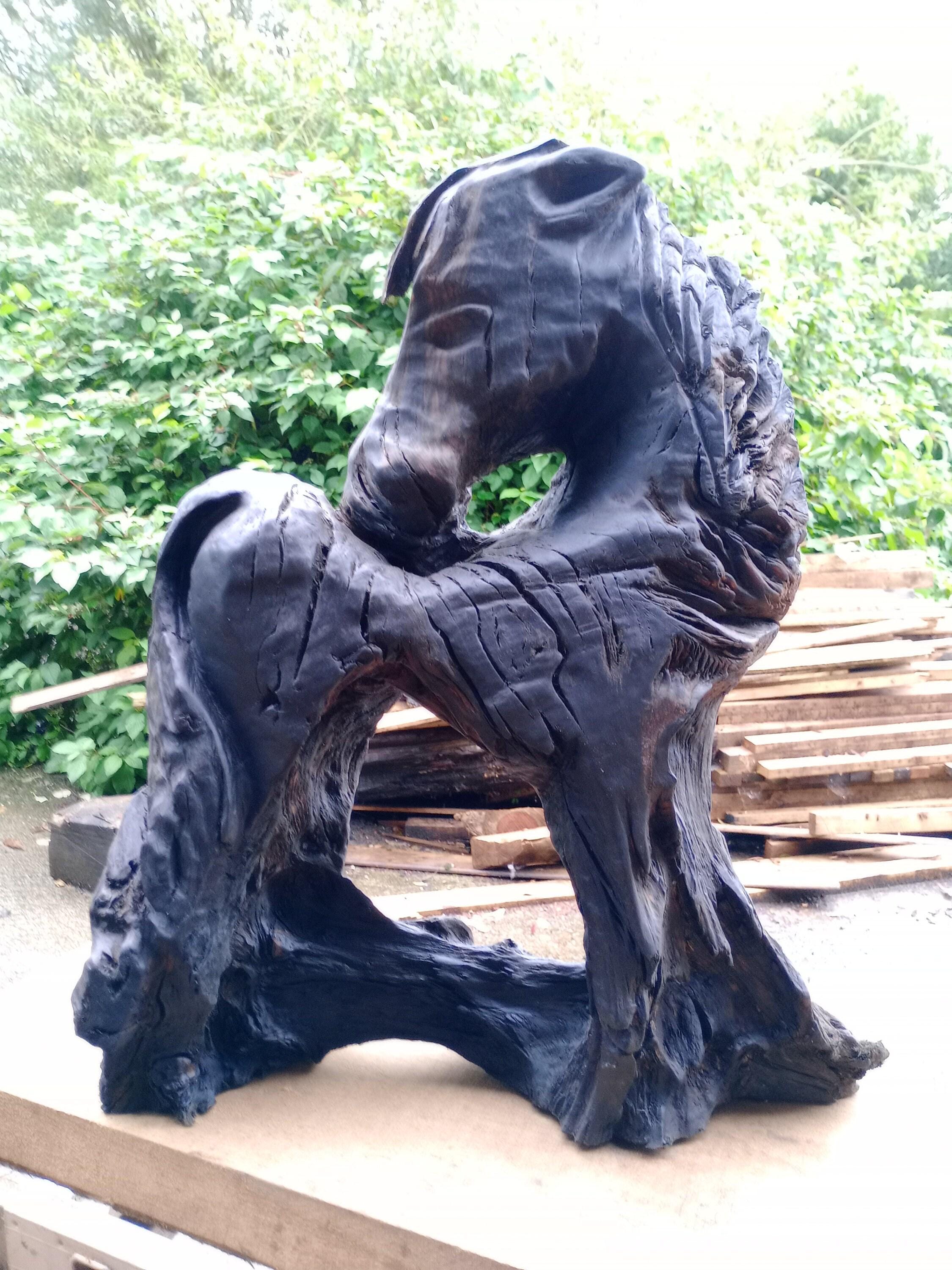Bog oak is a fascinating material with a rich history, particularly in Ireland.
Here’s an overview of its significance and historical context:
1. Formation and Discovery
• Natural Process: Bog oak is formed from oak trees that have fallen into peat bogs. Over thousands of years, the anaerobic conditions of the bog preserve the wood, preventing decay.
• Carbonization: The wood undergoes a process called carbonization, which can darken its color to a deep brown or black and enhance its durability.
2. Archaeological Significance
• Artifacts: Bog oak has been found in numerous archaeological sites, particularly in Ireland, the UK, and northern Europe. It has been used to create tools, weapons, and decorative items.
• Preserved Remains: Many wooden artifacts from ancient civilizations, such as the famous "Bog Bodies," have been discovered, offering insights into prehistoric life and cultures.
3. Celtic and Viking Use
• Celtic Craftsmanship: In ancient Celtic cultures, bog oak was valued for its strength and durability. It was often used in crafting everyday tools, weapons, and ceremonial objects.
• Viking Artifacts: The Vikings also utilized bog oak, and remnants of their craftsmanship can be found in various historical sites.
4. Medieval and Renaissance Periods
• Furniture and Carvings: During the medieval period, bog oak became popular for furniture making and intricate carvings due to its unique color and grain.
• Religious Art: It was used in ecclesiastical art and for making items such as altarpieces and liturgical objects.
5. Modern Usage
• Art and Craft: Today, bog oak is prized by artisans for its striking appearance and historical significance. It is often used in making fine furniture, sculptures, and decorative objects.
• Sustainability: As a reclaimed material, bog oak represents an eco-friendly choice for contemporary woodworkers and artists.
6. Cultural Legacy
• Symbolism: Bog oak carries cultural significance, often symbolizing endurance and connection to ancient traditions.
• Preservation: The use of bog oak in modern art and craft keeps alive the legacy of ancient craftsmanship and the natural history of the material.
Conclusion
Bog oak is not just a unique material; it carries with it stories of ancient civilizations, cultural significance, and artistic expression. Its preservation in peat bogs for centuries has allowed it to become a sought-after resource for both historical research and contemporary craftsmanship.
